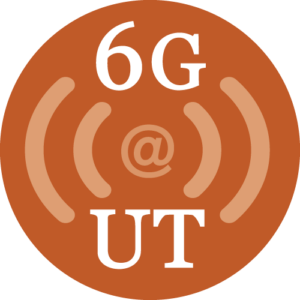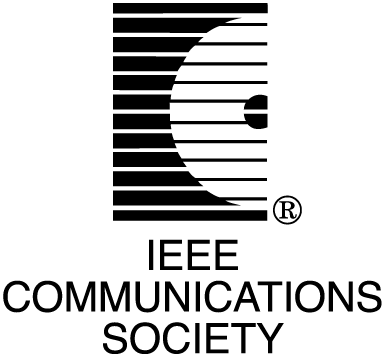IEEE Spectrum recently featured an article discussing centimeter-accurate GPS positioning for automated driving. Dr. Todd Humphreys discussed why centimeter-accurate GPS positioning is necessary, as well as some of the challenges that have yet to be solved.
“When there’s a standard deviation of 10 cm, the probability of slipping into next lane is low enough—meaning 1 part in a million” [Humphreys] said. This is opposed to the current meter-level accurate GPS tracking, which can increase the probability of lane slipping up to 1 or 10 – or maybe higher.
However, there are still some obstacles remaining, one of which is the time it takes for a centimeter-accurate GPS signal to converge. Right now, that time could be up to 5 minutes. According to Humphreys, that amount of time would be unacceptable to most users: “My vision of the modern driver is one who’s impatient, who wants to snap into 10-cm-or-better accuracy and push the ‘autonomy’ button.”
See a video overview here, or read the paper.










